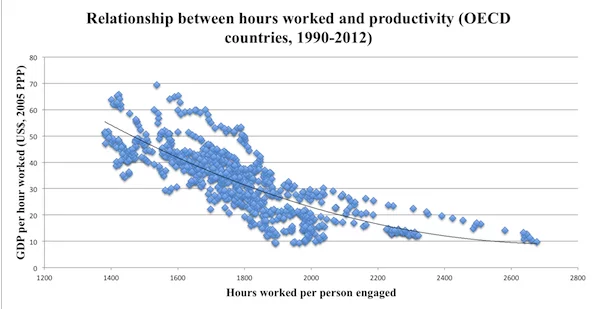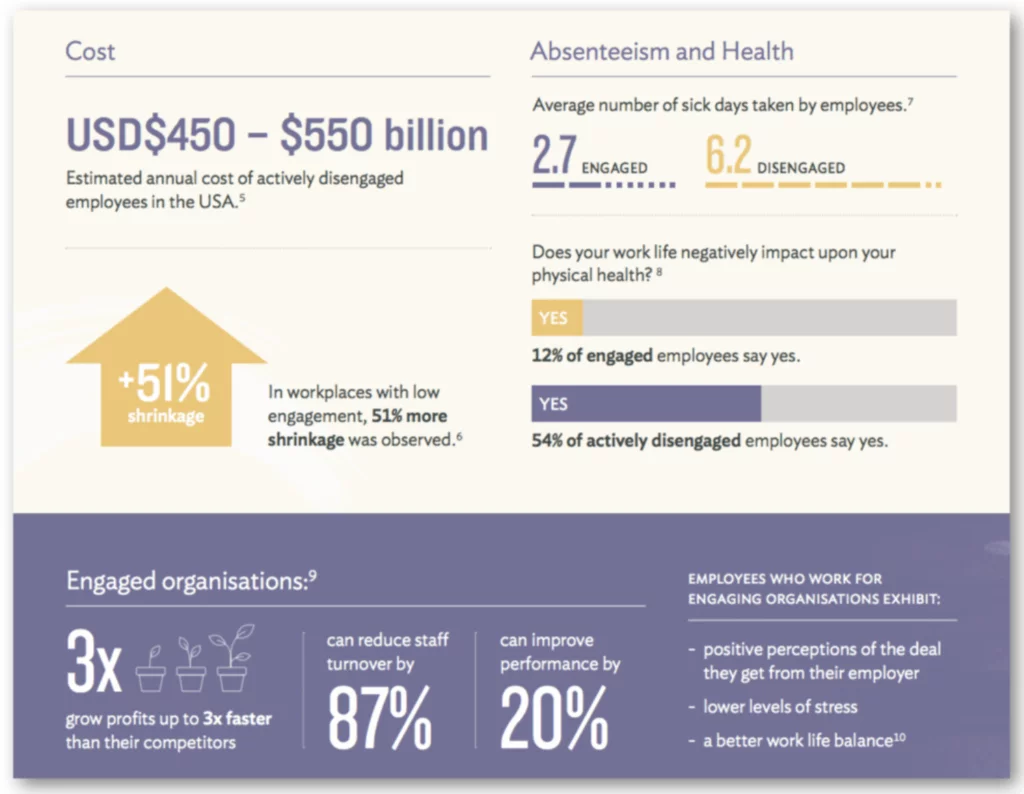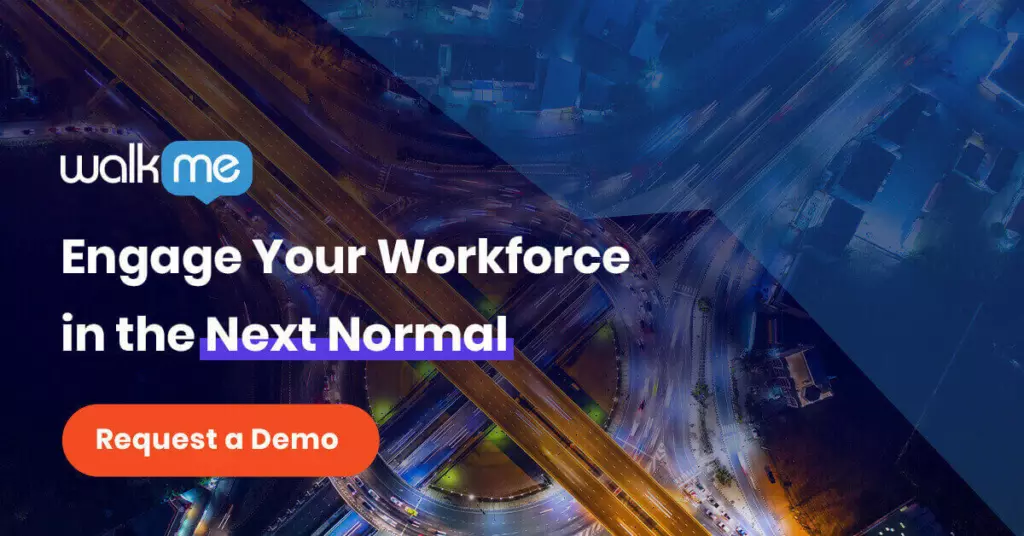If you’re a company leader or a team manager, you know that your employees perform best when they are engaged at work. The office was the collective home for your work community and culture. Now that remote work has become an integral part of business continuity in the Next Normal, you need to find new ways to maintain and develop employee engagement.
It’s your job to make sure that employees are passionate, motivated, and engaged. Here are five simple ways to enhance employee engagement, and boost your company culture in the Next Normal.
Embrace the new work-home balance
Just like you, your employees have undergone a rapid change in how they view and experience work vs home. As you know, this recalibration can cause stress. Even the most dedicated and motivated employee can be deterred by this level of massive change. Flexibility is a two-way street. Since employees are working hard to juggle the demands of work and home, allowing for a more flexible schedule and individualized work-style will build trust and motivation.
More time working does not necessarily mean higher productivity. According to a pre-COVID survey by The Economist, higher GDP (gross domestic product) actually increased as people worked fewer hours.

As WFH (working from home) has become business-as-usual, keep this assessment of productivity in mind. If an employee has several busts of focused hours and is able to work efficiently and get their daily tasks done, that might be their ideal schedule. If you insist that employees all work from 9:00am -6:00pm, you might prevent them from being able to give you their best, and actually harm their productivity.
Ask for employee feedback… and mean it
Employees are much more likely to feel positive about their work if they feel that there is open communication with their superiors. A Culture Amp study found that three of the ten factors that determine employee engagement are about communication. They are:
- Employees feel happy with their current role relative to what was described to them
- Leaders have communicated a vision that motivates them
- Employees experience open and honest two-way communication
As a leader, it’s more important now than ever to ensure that employees are being communicated to clearly and they trust that they can communicate freely in return.

Equip employees with the tools that they need
The digital employee experience has never been more central to the overall employee experience. Before COVID-19, many processes could be done digitally or live. It was context-specific and up to the individual completing the process. Now, many of those processes are only able to be done digitally.
If processes are continuously frustrating, tedious, and slow, your employees will be unhappy and disengaged at work, very quickly. Now is the time to assess the tools that you already have invested in and see how well your organization has adopted them. How is application usage? How many users are actually utilizing each application? Where are your employees getting stuck and how can you better empower them to use their tools better?

With the average enterprise employee using over 14 applications a day, it is becoming increasingly difficult to fully adopt each one. Especially with constant updates and software additions rolling out. A Digital Adoption Platform is often the underlying missing link that prevents organizations from realizing their promised ROI on technology investments.
Along with a platform that unifies all of your software, a DAP also ensure that you’ll have a dedicated team member (or several team members) that are completely focused on the platform’s success. These people are called DAP Professionals, and they ensure DAP success – which means that you get the most out of all of your applications and systems, not just your DAP.
Upgrade processes and find the gaps
It’s not just our schedules and expectations that have to adapt in the Next Normal. Our business processes will not only need to be tweaked but might need to be rethought altogether. Employees work best when they know what to expect, how to do a great job, and have what they need to do it.
If your organization still hasn’t migrated to the cloud, now is the time to do it. If you still haven’t invested in an excellent project management application, it’s time to find one. It’s not that you want to rush into making software purchases impulsively, but rather now is the time to optimize your assets. Your employees are your strongest assets.
Use that previous employee feedback that we mentioned above, and determine which processes are in need of improvement, and designate project leaders to oversee the initiatives. When ULTA was struggling to utilize their new inventory system, they prioritized their employees and made an additional but absolutely crucial investment to ensure its success.
Mind your mindset: engaged is the new productive
Leaders used to define organizational success by employee productivity, but in the Next Normal, the more accurate assessment of a revenue-driving workforce is actually how engaged they are.
Engaged employees are like engaged customers. They will share their happiness, excitement, and loyalty on social media, with other professionals, and most importantly, with each other. This fosters high motivation and in turn, high productivity. In our new reality, engagement is the metric that really matters most.


